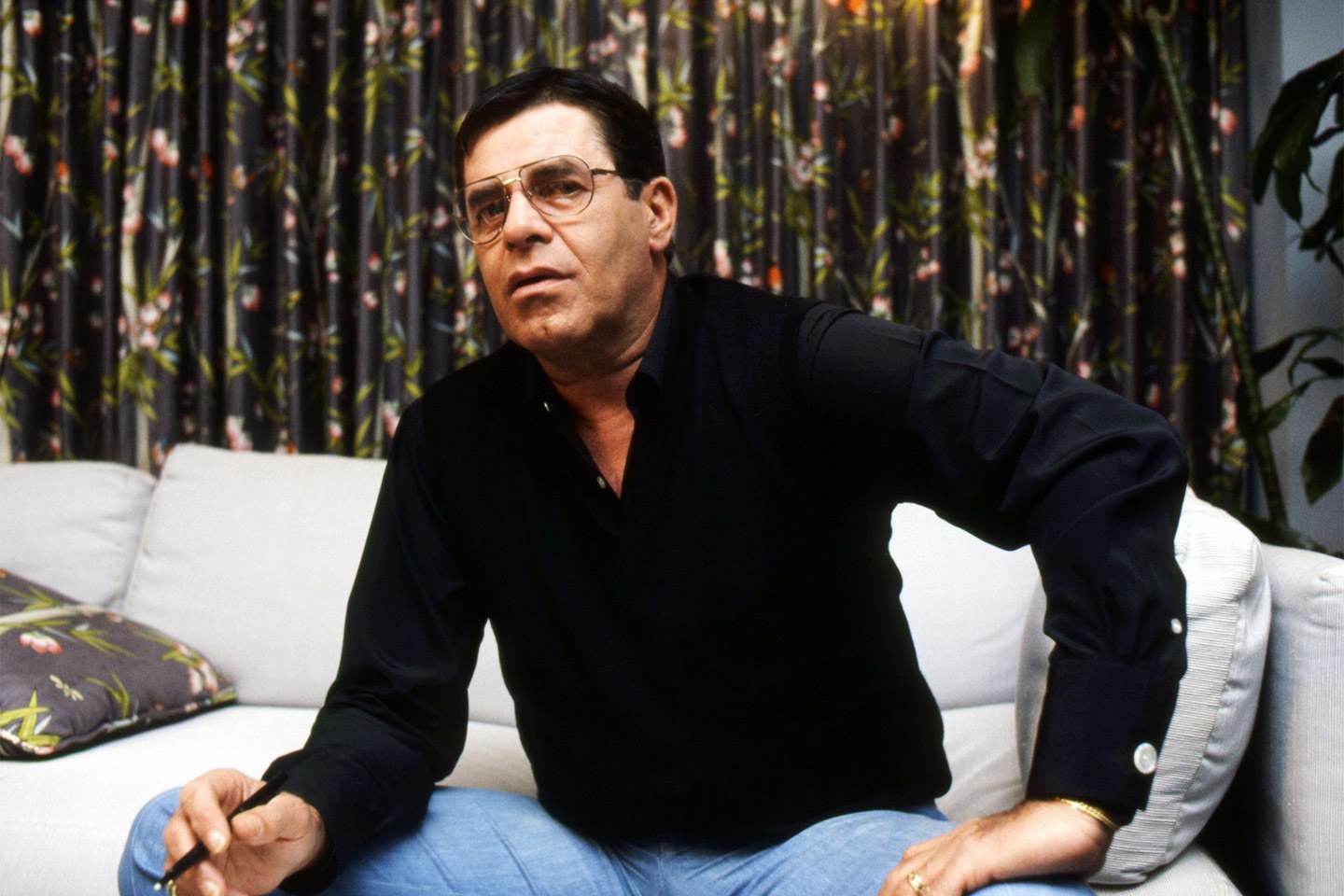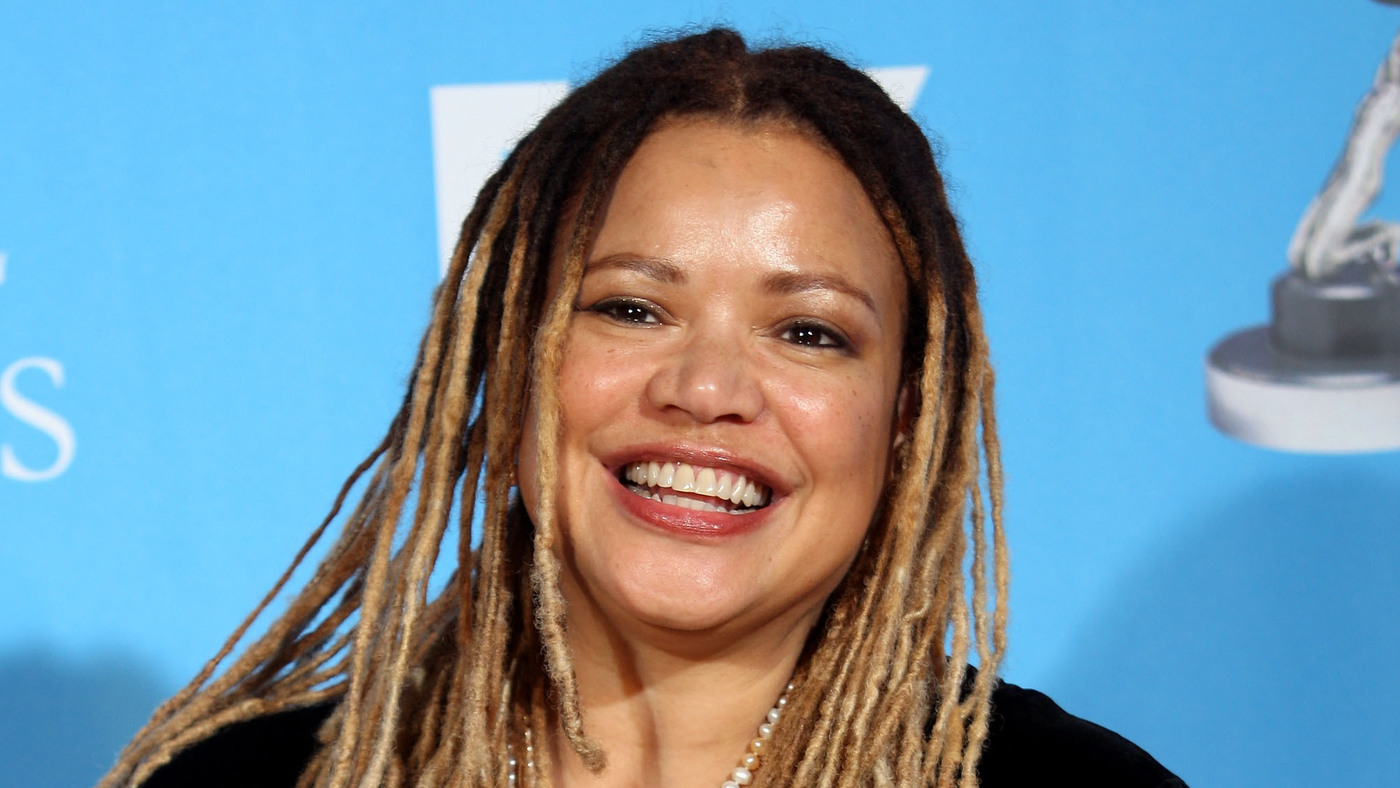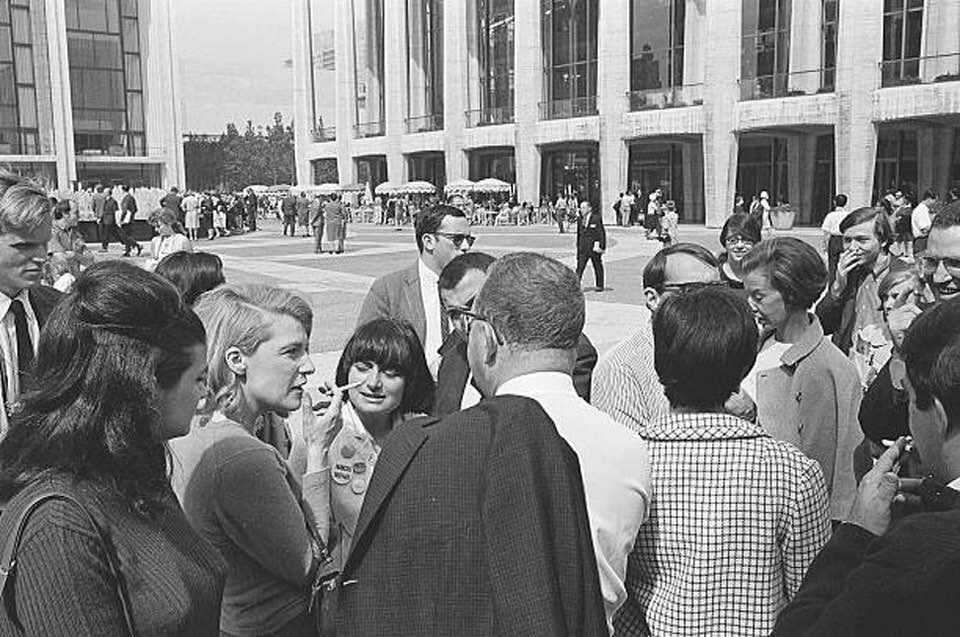News to Me: Jerry Lewis’s “Home Movies,” Kasi Lemmons, Annette Michelson

Several never-before-seen films by Jerry Lewis will screen at the Museum of Modern Art in a 10-day series called “The Unknown Jerry: Home Movies and More from the Jerry Lewis Collection at the Library of Congress.” The highlight is the debut of six “home movies” directed by Lewis, ranging between 12 and 45 minutes, and starring a slew of Lewis’s Hollywood friends, including Dean Martin, the married couple of Janet Leigh and Tony Curtis, and Shelley Winters.
Some of the movies were parodies of recently released Hollywood features. Billed as “the Jewish Sunset Boulevard,” Fairfax Avenue (1951) stars Leigh as an aging Gloria Swanson–esque starlet and Curtis as her boy-toy William Holden. Meanwhile, Come Back Little Shiksa (1953), playing upon the Burt Lancaster drama Come Back, Little Sheba (1952), stars Dean Martin as a surgeon who struggles to remain alcoholic and, with the help of his wife (Lewis’s first wife Patti), resists the temptation of sobriety.
The little-seen Lewis films stretch the definition of home movies. Shot with synchronized sound, professional acting, and fully developed plotlines, they show that Lewis had been honing his weird and sophisticated style for a full decade before he made his official directorial debut with The Bellboy (1960). They also provide a fascinating glimpse of Hollywood actors at play after long days of work at the studios, as well as the wealthy Los Angeles neighborhoods of Brentwood and Pacific Palisades, circa 1950.
“There’s not a lot of screwing around. They’re cinematically sophisticated from early on,” Dave Kehr, the MoMA curator who organized the series, told Film Comment. “Already, Lewis just had that natural instinct for visual rhetoric: composition, bold primary colors, a strong sense of where the action is going to go. He knows how to make images flow together. It’s very disciplined.”
Kehr had heard about the films for years, but with Lewis’s death in August 2017, they are only now just starting to see the light of day. The series arose through the joint efforts of Kehr, Lewis’s son Chris, and Rob Stone of the Library of Congress. Chris Lewis has been going through his father’s vault, unearthing films kept in storage for decades, including home movies and rare television appearances. At the same time, Stone has been carefully preserving and restoring the Lewis films in the Library of Congress’s collection. As Chris Lewis told the Las Vegas Sun, the initial shipment of film and tape from Lewis’s vault filled a 26-foot-long truck with more than 12,000 pounds of footage in 3,000 canisters.
“He kept everything,” he said to the Sun. “It’s like a window into a time capsule.”
Chris Lewis and Rob Stone will introduce the October 5 and 6 screenings of Fairfax Avenue, The Re-Inforcer, and Come Back Little Shiksa. In addition to the Lewis home movies, the 10-day series will also feature outtakes, footage shot from their “premieres” in Lewis’s living room, and four of Lewis’s canonical feature films: The Bellboy, The Errand Boy (1961), The Ladies Man (1961), and The Nutty Professor (1963). The Ladies Man will be screened in its rarely seen preview cut, which was discovered by Robert Furmanek, Lewis’s personal archivist at the time, in a dumpster on the Paramount lot. It features several scenes—including a virtuoso dream sequence—which were cut from the released version. The print played previously at the 2016 MoMA retrospective of Lewis’s career, also organized by Dave Kehr.
Films on the Horizon

Kasi Lemmons
Kasi Lemmons is beginning to direct Tubman, a film about the famed emancipated slave, abolitionist, and conductor on the Underground Railroad. … Russian documentarian Viktor Kossakovsky, whose latest work Aquarela premiered at Venice, is currently shooting Krogufant, a film on the emotional intelligence of cows, pigs, and chickens. He has filmed in Norway, Spain, and the U.K. … In early September Marielle Heller began filming her third feature, You Are My Friend, which follows a cynical reporter (Matthew Rhys) who is tasked to profile the television icon Fred Rogers (Tom Hanks).
Readings

Annette Michelson with Agnès Varda and others at the 4th New York Film Festival in 1966
✸ Annette Michelson, pioneering film essayist and founder of October, died September 17 in Manhattan at the age of 95. Michelson helped start the program in cinema history and criticism at New York University’s Tisch School of the Arts, and wrote extensively on avant-garde film, performance, and dance. She authored groundbreaking analyses on artists and subjects like Michael Snow, Yvonne Rainer, Dziga Vertov, and Kubrick’s 2001: A Space Odyssey.
✸ A panel discussion featuring past critics of The Village Voice—ignobly shuttered last month by billionaire owner Peter Barbey—will take place on October 2 at the Museum of the Moving Image. The bylines of Film Comment contributors like Amy Taubin, Andrew Sarris, J. Hoberman, Molly Haskell, Michael Atkinson, Dennis Lim, Melissa Anderson, Gary Giddins, Amos Vogel, Nathan Lee, Scott Foundas, Eric Hynes, Nick Pinkerton, and more graced the pages of the New York institution during its 63-year history.
✸ Nick Pinkerton remembers the late Burt Reynolds for Sight & Sound. Reynolds was recently the subject of a March 2018 retrospective at the Metrograph of some of his films, including his directorial debut Gator (1976), Bill Forsyth’s Breaking In (1989), and John Boorman’s Deliverance (1972), for which Reynolds appeared in person.
✸Martin Scorsese talked about his work with the African Film Heritage Project, launched last spring as an effort to collect, preserve, and make available 50 classic films from the African continent by Ousmane Sembene, Souleymane Cissé, Safi Faye, and many more. Scorsese says that the AFHP has just begun work on Chronicle of the Years of Fire (1975), an Algerian film by Mohammed Lakhdar-Hamina, and winner of the 1975 Palme D’Or at Cannes. Scorsese is part one of a three-part interview series with AFHP leaders.







